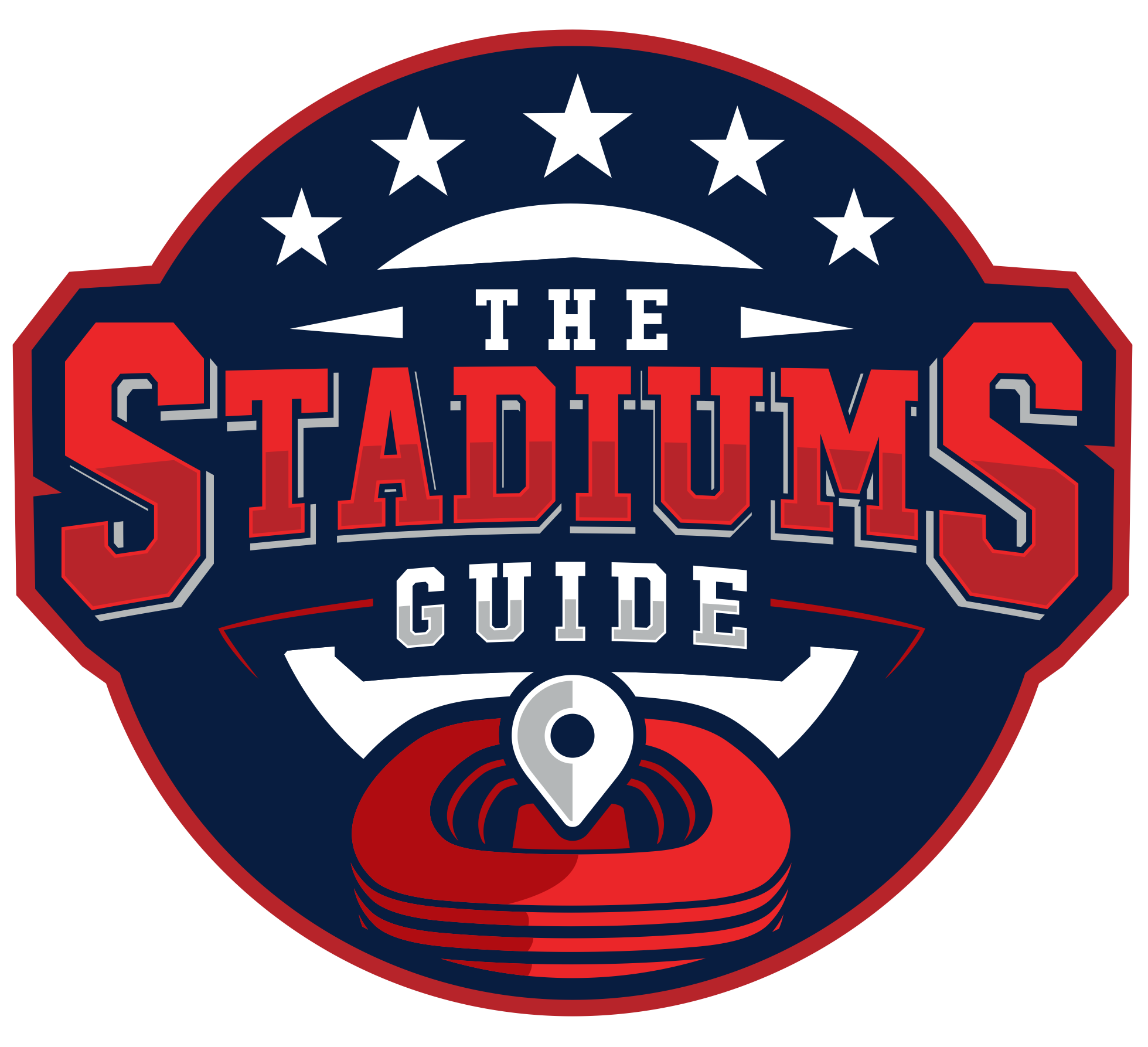The MLB strike zone is an essential aspect of the game of baseball, as it defines the area where a pitcher must throw the ball for it to be considered a strike.
This imaginary box, directly above home plate, plays a crucial role in the competition between the batter and the pitcher.
Understanding the precise dimensions and regulations of the strike zone can help fans and players alike appreciate the strategic intricacies of the game.
The strike zone’s dimensions are dictated by the batter’s physical stature and stance. According to the official MLB rules, the upper limit of the zone is a horizontal line at the midpoint between the top of the shoulders and the top of the uniform pants.
The lower limit is a line situated at the hollow beneath the kneecap, while the zone’s width is determined by the 17-inch width of the home plate.
As the strike zone varies from batter to batter, both pitchers and batters must adapt their approaches in each at-bat, making this element of the game an ongoing challenge.
In summary, the MLB strike zone is vital to the competitive dynamic of baseball, influencing the tactics employed by both pitchers and batters.
Familiarity with its size and the rules governing the zone provides a deeper understanding of the sport, drawing attention to the subtleties at play in every pitch.
Defining the MLB Strike Zone
The MLB strike zone is a crucial aspect of the game of baseball, as it determines whether a pitch is considered a strike or a ball. In this section, we will discuss the top and bottom boundaries and the width of the MLB strike zone.
Top and Bottom Boundaries
The official strike zone is determined using the batter’s stance when they are prepared to swing at a pitched ball.
The upper limit of the zone is a horizontal line at the midpoint between the top of the shoulders and the top of the uniform pants, while the lower limit is a line at the hollow beneath the kneecap.
This definition ensures the strike zone is tailored to each batter’s height and stance, making it fair for all players.
Width of the Strike Zone
The width of the MLB strike zone corresponds to the width of the home plate, which is 17 inches.
The strike zone is thus defined as the area over home plate, spanning the previously described vertical limits (midpoint between shoulders and the line beneath the kneecap).
An important aspect of a pitcher’s strategy is to locate their pitches within these boundaries to maximize the chance of getting strikes called, while batters must react quickly to determine if a pitch is within the zone before deciding whether to swing or not.
By understanding the dimensions and boundaries of the MLB strike zone, both pitchers and batters can make informed decisions during the game, leading to a higher level of competition and excitement for all involved.
Evolution of the Strike Zone
Historical Changes
In the history of baseball, the strike zone has undergone a few significant changes. During 1950-1962, the strike zone extended from the batter’s armpits to the top of the knees.
However, prior to 1950 and between 1963-1968, the strike zone was determined as the space over home plate, which was between the batter’s armpits and his knees when he assumed a natural stance to swing at a pitch.
Rule Modifications
One notable rule modification occurred in 1996, when the lower end of the strike zone was expanded from the top of the knees to the bottom of the knees.
Currently, the Major League Baseball (MLB) defines the strike zone as the area over home plate that extends from midway between the belt and shoulders of the batter down to the bottom of the knees. This definition ensures that the strike zone covers the entire plate, forming a pentagonal shape.
Umpires and Strike Zone Consistency
Factors Influencing Consistency
The consistency in calling the MLB strike zone can be affected by various factors such as the umpire’s experience, positioning, and the individual styles of the pitchers and catchers.
Given the speed of the game and the small dimensions of the strike zone, it is challenging for umpires to maintain a high level of accuracy at all times. It is essential for the league, players, and fans that umpires strive for consistency when calling balls and strikes.
Technological Aids and Developments
In recent years, technology has been applied to help evaluate and improve umpires’ strike zone consistency.
Tracking systems like Statcast and PitchFX have been utilized to analyze pitches’ path, speed, and location, providing valuable data to assess the accuracy of the umpire’s calls. The data can be used to identify inconsistencies, both individual and league-wide, which can then be addressed through coaching, training, and development.
Additionally, as fans become more invested in understanding baseball analytics, the quest for greater consistency in the strike zone gains more attention.
By leveraging technology and keeping umpires accountable, MLB can work towards a more consistent and accurate strike zone experience for players and fans alike.
James is a big time NBA Golden State follower, who makes sure to catch games when he's in the area. He likes to follow International Soccer, with an interest in small town soccer club, Blackburn Rovers located in the North on the UK.

